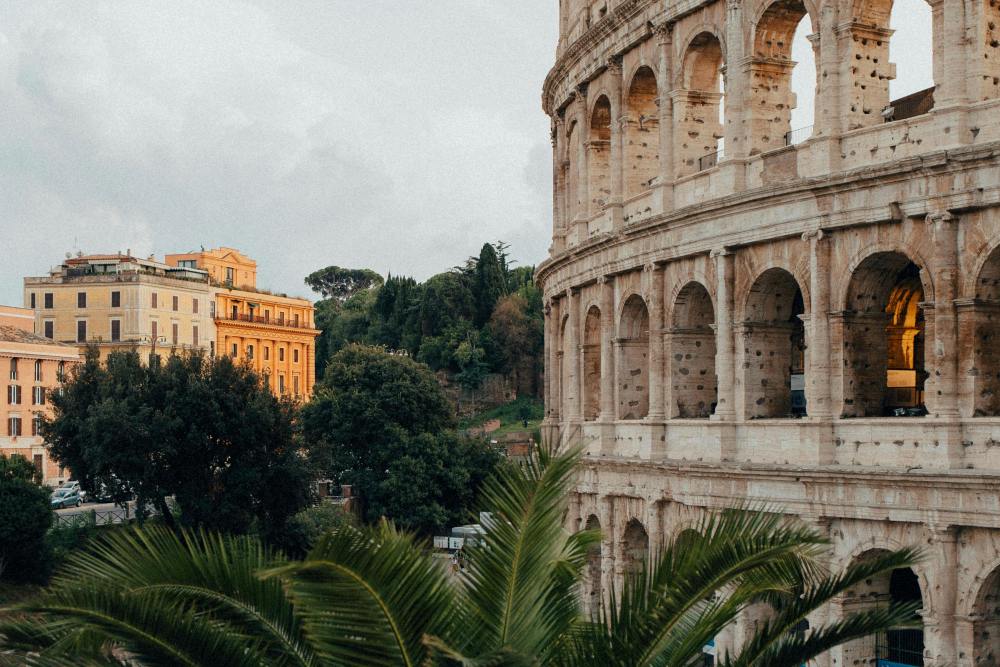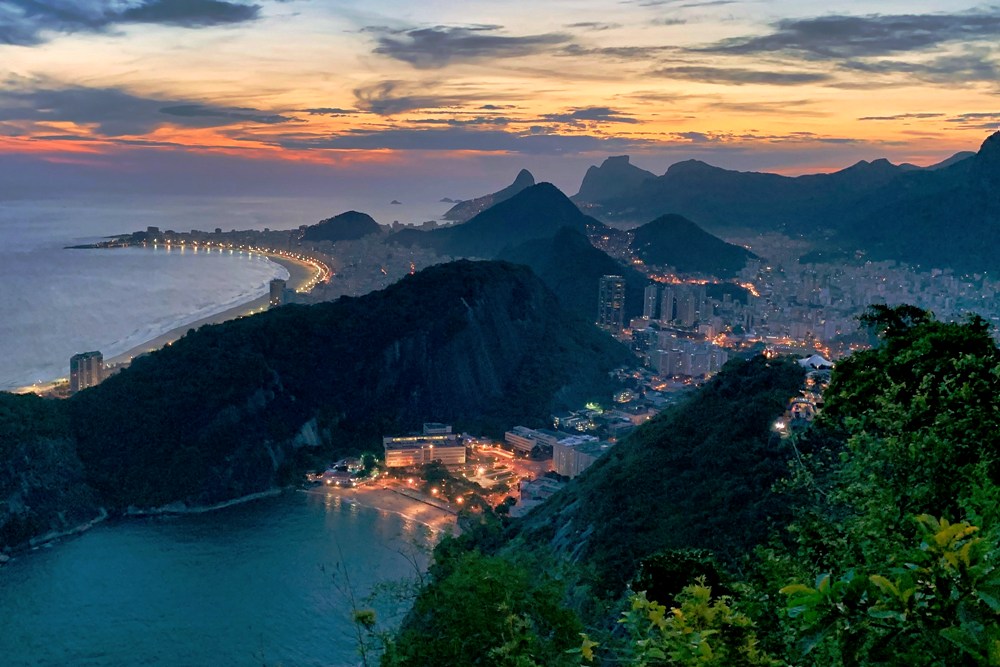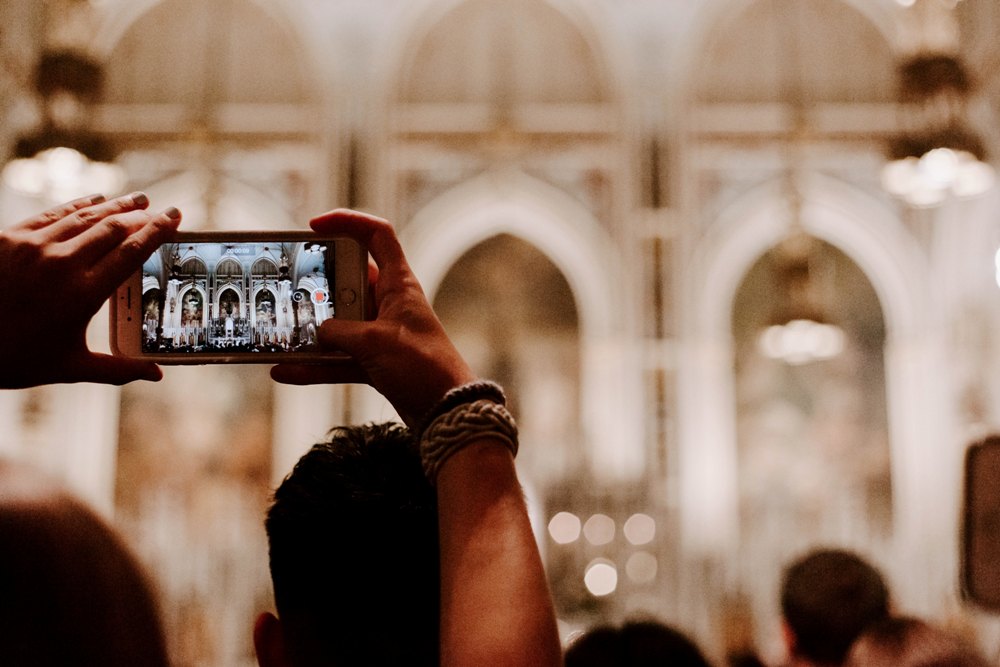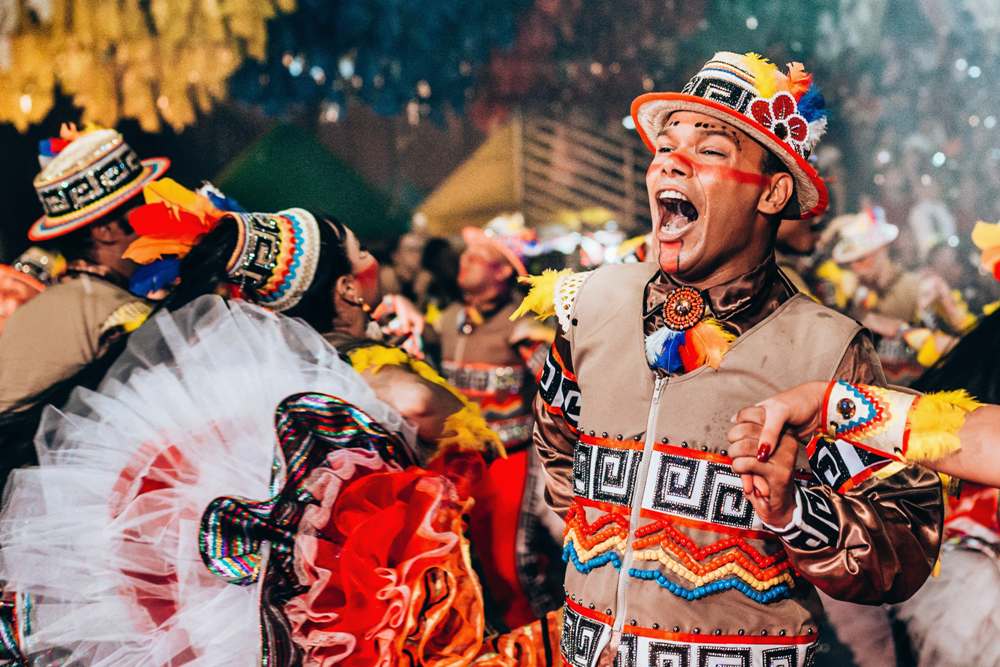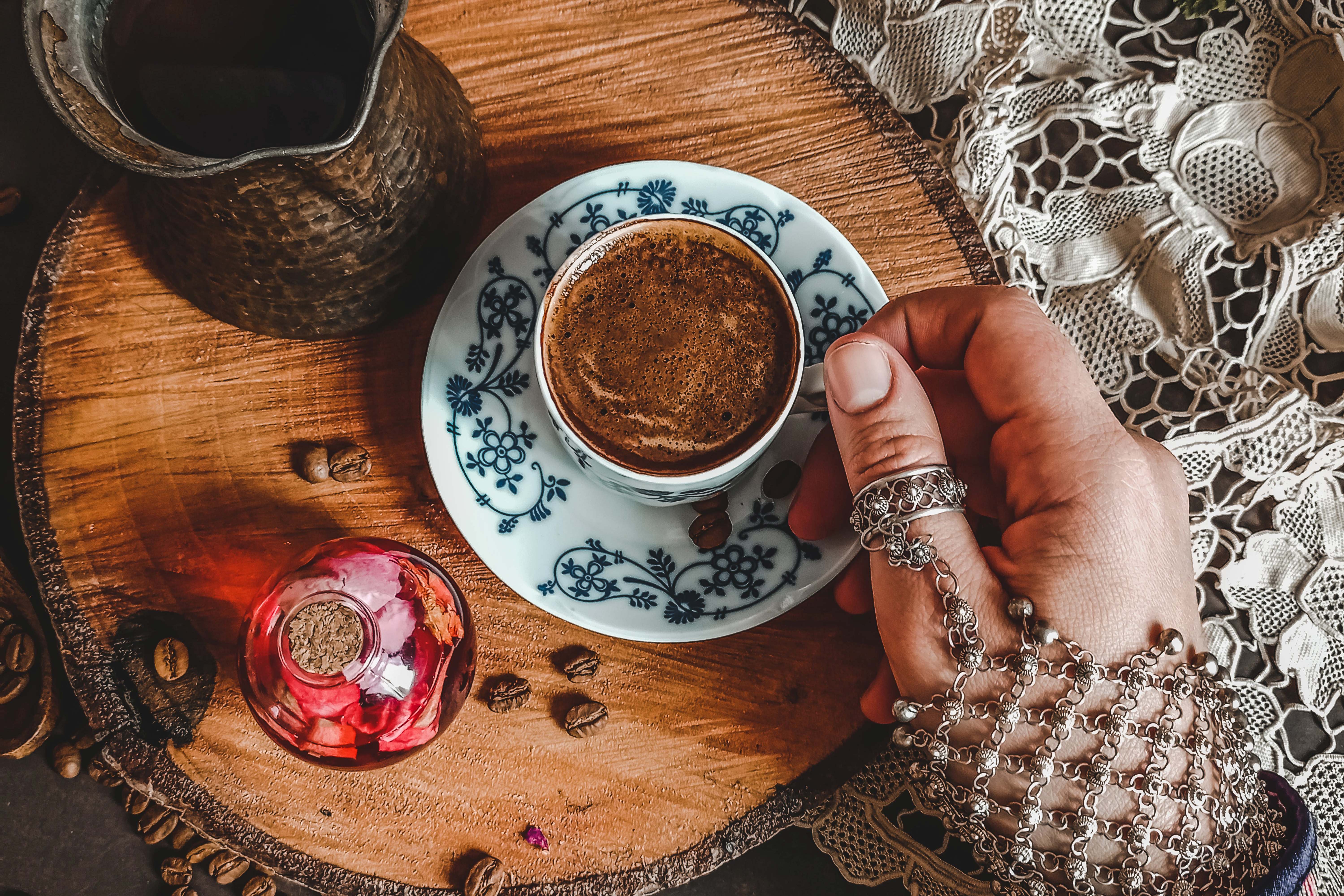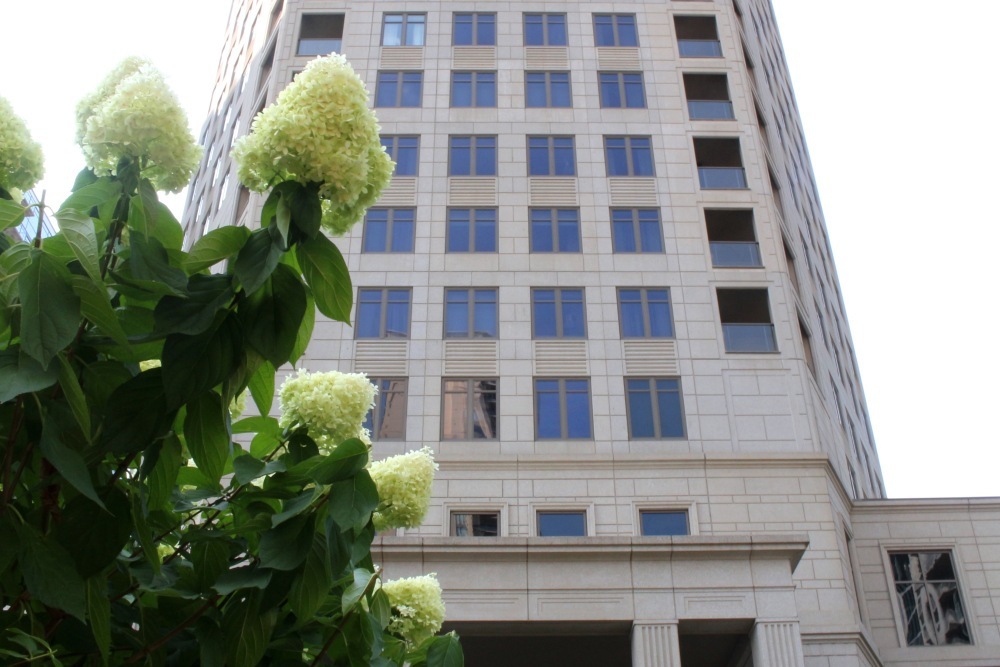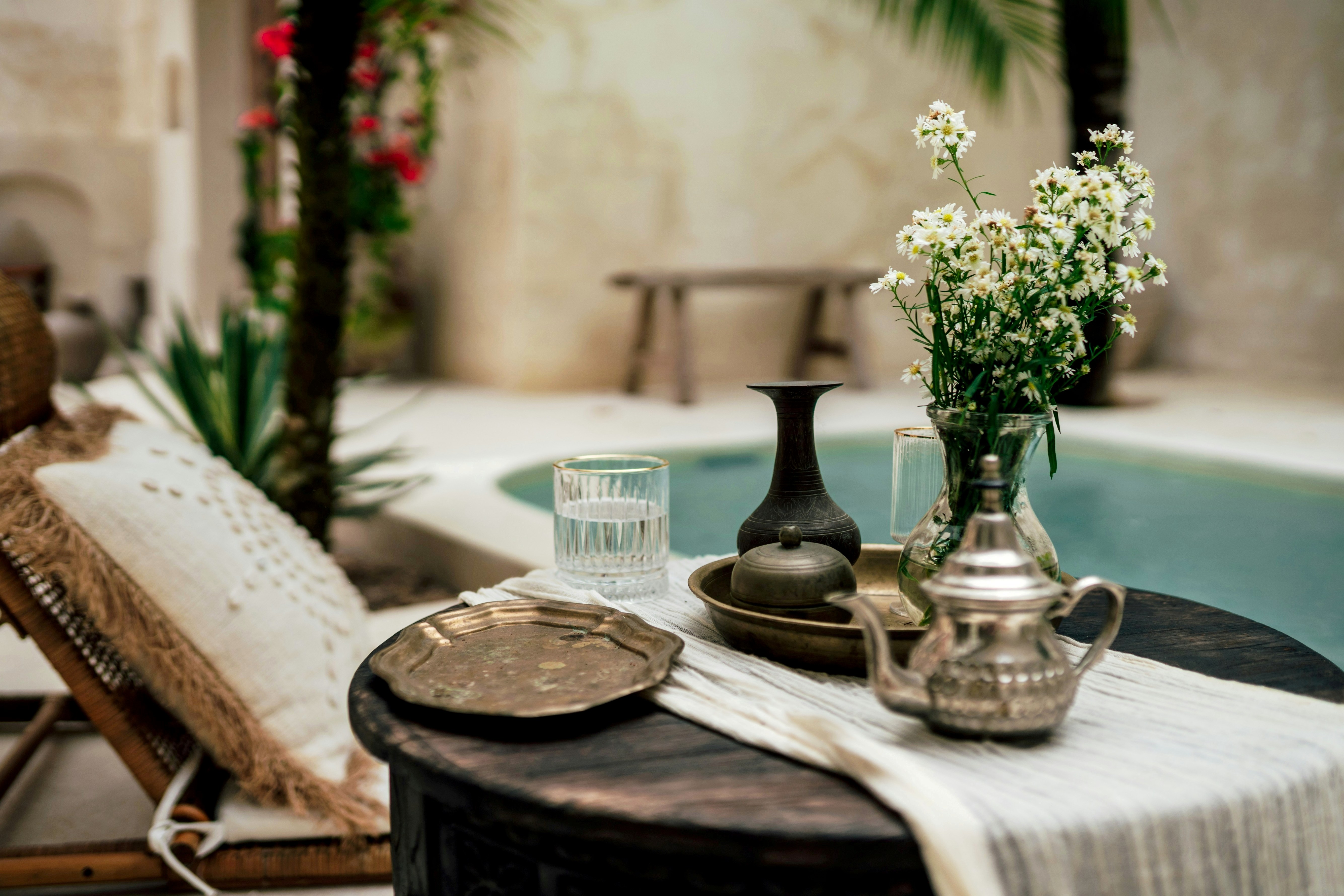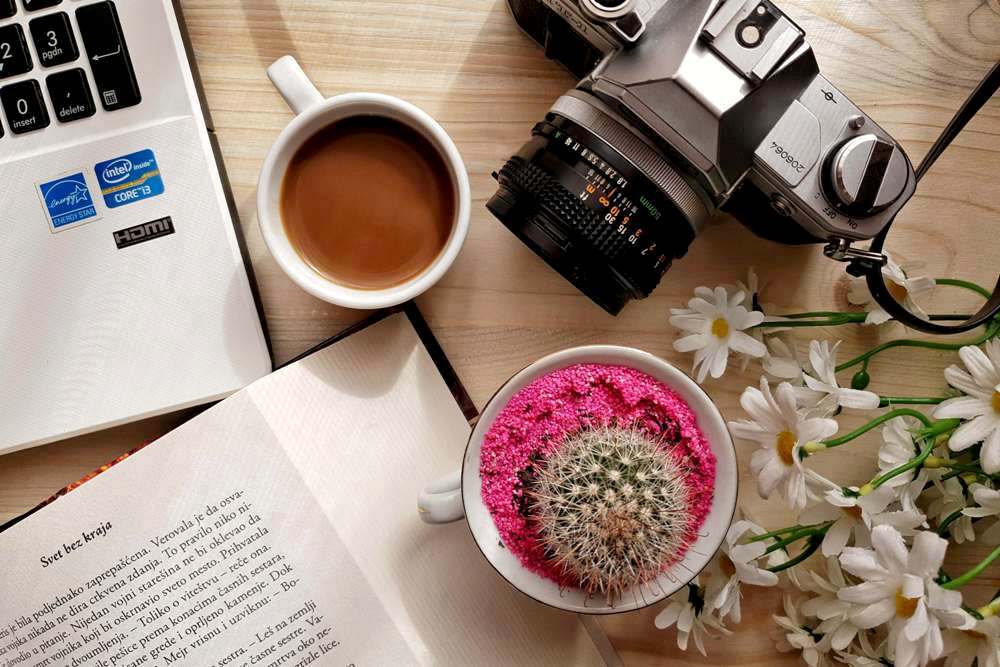
Europe's streets carry the whispers of centuries-old craft traditions, where workshops and artisan neighborhoods invite travelers to explore skills passed down through generations. From the delicate shimmer of hand-blown glass to the rich aroma of freshly tempered chocolate, these experiences provide more than sightseeing; they offer direct engagement with local culture. Immersing in such crafts allows travelers to witness artistry in motion, interact with makers, and capture moments that extend beyond the ordinary. Curating these experiences thoughtfully transforms a journey into a living archive of culture, texture, and creativity.
Discovering Artisan Neighborhoods
Every region has its own heartbeat, often felt most vividly in neighborhoods dedicated to traditional crafts. Venice's Murano Island hosts glassblowers whose techniques have been refined over centuries, while Portugal's Algarve region features workshops where intricate ceramics come alive under skilled hands. Observing artisans at work offers insight into cultural history and the patience required to preserve legacy. Travelers can navigate cobblestone streets lined with studios, sample finished pieces, and engage directly with makers, gaining stories and context behind each object.
Hands-On Workshop Experiences
Engaging actively enhances understanding far more than observation alone. Participating in workshops, travelers can try their hand at molding glass, painting pottery, or creating intricate textile patterns. In Belgium, chocolate-making sessions reveal tempering techniques, flavor pairings, and decorative finishing. Workshops provide step-by-step guidance, practical tools, and immediate feedback from skilled artisans. These immersive moments turn travel into learning, allowing visitors to acquire new skills and a profound appreciation for the time, technique, and creativity embedded in each craft.
Documenting the Journey
Capturing these experiences ensures they endure beyond the trip. Photographs, detailed sketches, and written notes record techniques, atmospheres, and personal reflections. Travelers can maintain journals that combine visual observations with tactile impressions, such as the weight of a ceramic vase or the temperature of molten glass. Later, these records can be enhanced and formalized using quality print books, creating keepsakes that showcase the journey with clarity, aesthetic polish, and storytelling coherence. Each page becomes a tangible representation of memories, skill acquisition, and cultural immersion.
Engaging With Local Culture
Artisan trails also provide access to broader cultural experiences. Small markets, neighborhood cafes, and family-owned studios often host gatherings where travelers can converse with residents, taste regional specialties, and hear stories behind traditional crafts. Paying attention to local customs, observing routines, and asking thoughtful questions deepens engagement. These cultural interactions contextualize craft, revealing how design choices, color palettes, and techniques relate to history, geography, and communal identity, transforming souvenirs into vessels of storytelling.
Planning and Timing Visits
Effective planning maximizes both learning and enjoyment. Some workshops operate by appointment or host seasonal demonstrations, requiring scheduling in advance. Early morning visits often allow quieter, more focused experiences with artisans, while afternoons might coincide with bustling marketplaces full of ambient energy and discovery opportunities. Travelers should prepare lightweight notebooks, cameras, or sketching tools, and consider clothing suitable for studio environments. Awareness of festivals, exhibitions, and local holidays further enhances timing, ensuring access to rare demonstrations and community events.
Preserving Memories Creatively
After gathering impressions, photos, and crafted items, travelers can consolidate them into structured collections or personalized portfolios. Using print books, each page can display images alongside annotations, sketches, or reflections on techniques observed. Travelers might highlight a particularly intricate ceramic motif or a chocolate tempering method, turning a record of experiences into an organized narrative. This approach preserves not just memories but the sensory, emotional, and cultural essence of the journey, providing both a keepsake for personal enjoyment and a compelling story to share with others.
The richness of artisan travel extends past workshops. Walking through surrounding neighborhoods, attending local concerts, or sampling regional cuisine complements craft experiences and adds layers of sensory engagement. Observing seasonal changes, architectural details, and community interactions deepens appreciation for context and history. By combining observation, participation, and documentation, travelers create a multi-dimensional experience. The careful curation of these moments into a quality print book ensures the journey can be revisited, shared, and cherished long after returning home.


